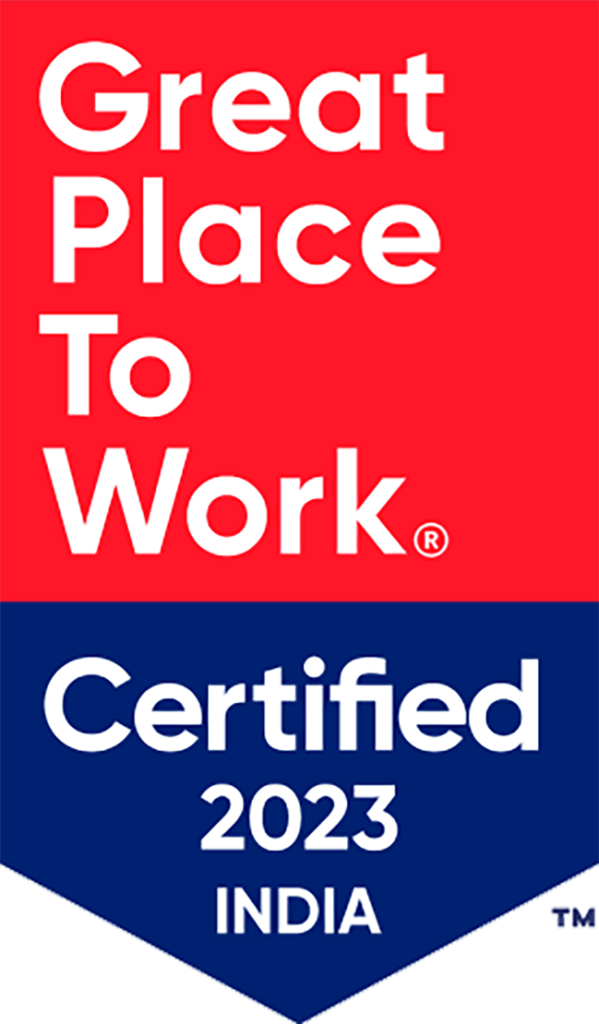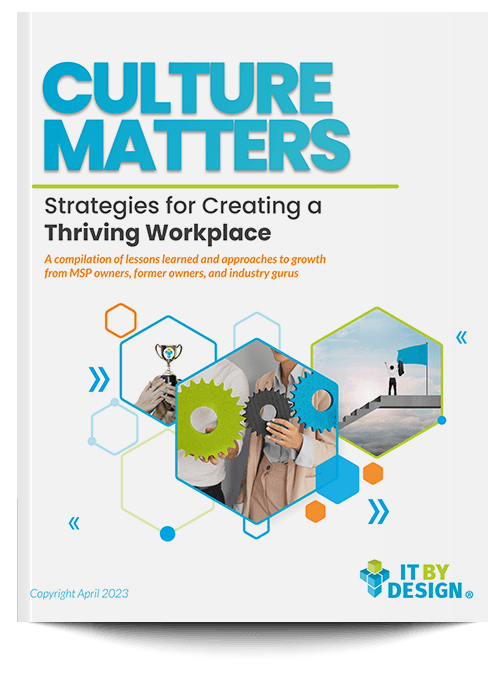As a business rooted in people and connections, every MSP’s biggest responsibility is to inspire its workforce to be the best versions of themselves. Yet, many MSPs focus too much on the finish line and not enough on making the most of their talent – the muscles they need to build and strengthen to stay relevant in new market dynamics such as the current economy.
Those who understand the importance of nurturing their talent pool are often met with many obstacles. One of the hardest challenges, especially for new MSPs, is to balance an effective leadership mindset that focuses on humanizing people while still finding ways to get more from people.
Whether you have read countless workforce productivity books or have been in business for a long time, empowering your people to do more and be more is an art that can be learned at any point in your business journey. While there is no prescriptive method to become the “best MSP ever,” there are many actions you can take to ensure your people are constantly headed in the right direction.
Have each team member set quarterly goals
In line with the EOS framework, define quarterly goals for your team aka “Rocks.” In the quarterly meeting, have all team members list respective things they want to accomplish in the next quarter. Take this list and whittle it down to set top-priority goals. While discussing rocks, make sure they’re specific, attainable in a quarter, and measurable. Having your team complete Impact Filters for each rock will help you to stay focused on the desired outcomes.
Incorporate these rocks into each team member’s scorecard. Scorecards consist of 5 to 15 performance factors. If met, these factors lead to accomplishing quarterly rocks. Review all members’ scorecards in EOS complaint weekly calls aka L10 Meetings.
Be thoughtful about cultural fit
Whether you’re hiring to grow your team or building a project team with the existing people, ensure culture/project fit by building your own “People Analyzer” tool. To create the People Analyzer, list all your core values in one column against your employees in one row, and mark if they exhibit this quality all of the time, some of the time, or none of the time. This exercise will paint a clear picture of who fits the culture you’re building and who doesn’t.
Once you’ve identified who best aligns with your MSP’s vision, understand how they will fit into their specific roles. For this, we use the Get, Want, Capacity (GWC) chart. For each employee, simply answer these three questions:
- Does the employee understand their role? (Get it)
- Do they like the job? (Want it)
- Do they have the intelligence, experience, or skills necessary to perform this job effectively? (Capacity)
Combine your learnings from the People Analyzer tool and GWC chart in an Accountability Chart. The chart maps out different departments of your MSP and where each team member currently stands. This will allow you to empower employees to take on leadership responsibilities in the future.
Work on issues as a team
Discuss talent deficiency data collected from the accountability chart, take notes, work out a problem, discuss data amongst your team members, or identify ways to make processes more efficient. L10 meetings can be used here as a forum where all team members can openly discuss accountability issues together.
The process for solving issues within L10s is called IDS, which stands for Identify, Discuss, Solve. Under the process, each member lists all of the things that aren’t working the way they should since the last time you met. In our L10 template, we get to the core of an issue by asking “Why?” which helps us to truly uncover all the factors leading to an issue.
Maintain a safe atmosphere for solving issues
Now that you’ve identified issues, give everyone on your team the chance to voice opinions about key issues and suggest ways to handle them. The leader of each meeting needs to make sure each person’s voice is heard. This can be accomplished by ensuring a safe space to have an honest conversation and team members aren’t ridiculed for making mistakes or suggesting new ideas. They should be allowed to admit mistakes and address issues quickly.
Final Thought: Regardless of the size of your MSP, getting more from your people is a critical element in improving your business’ performance and sustaining profits. By focusing on identifying quarterly goals, a structured approach for tracking these goals, and the right support from leaders, you can successfully transform your MSP into an all-season MSP.







